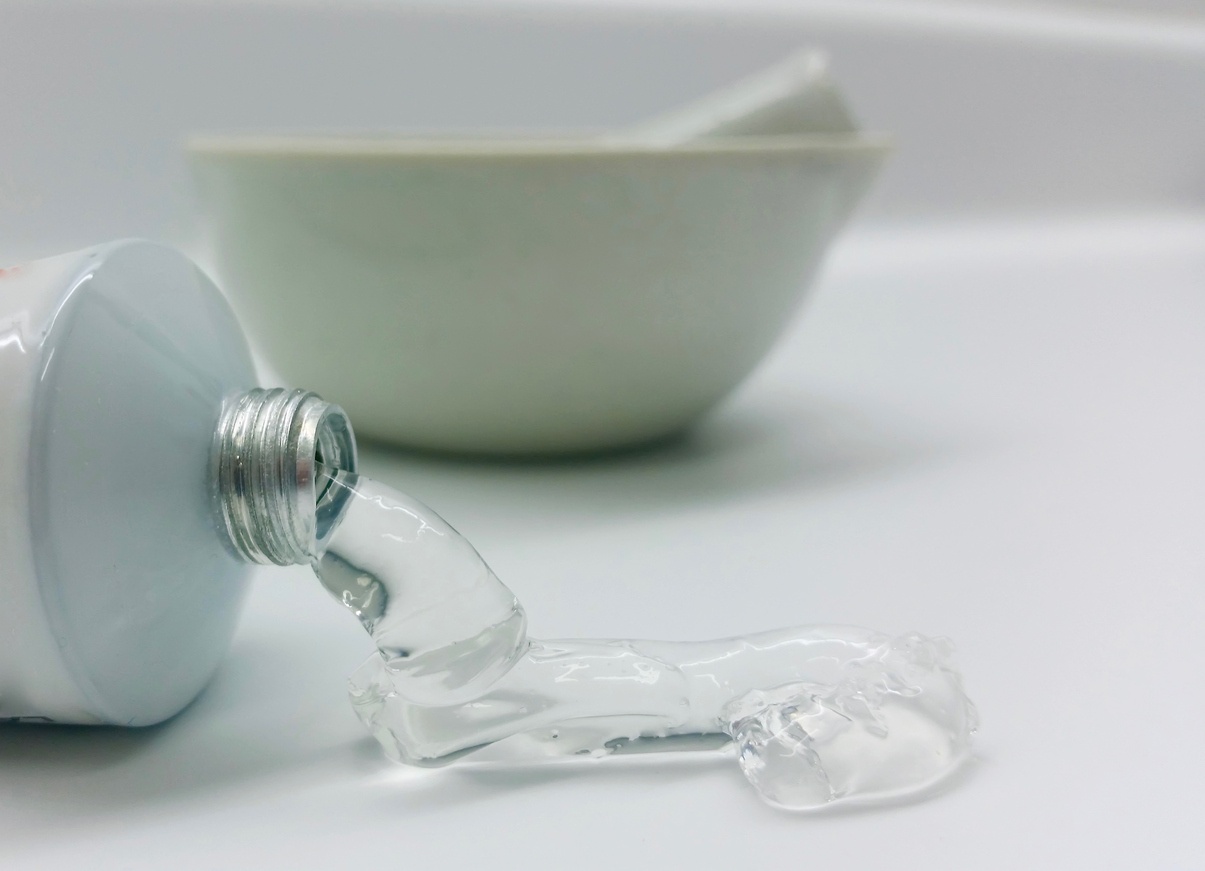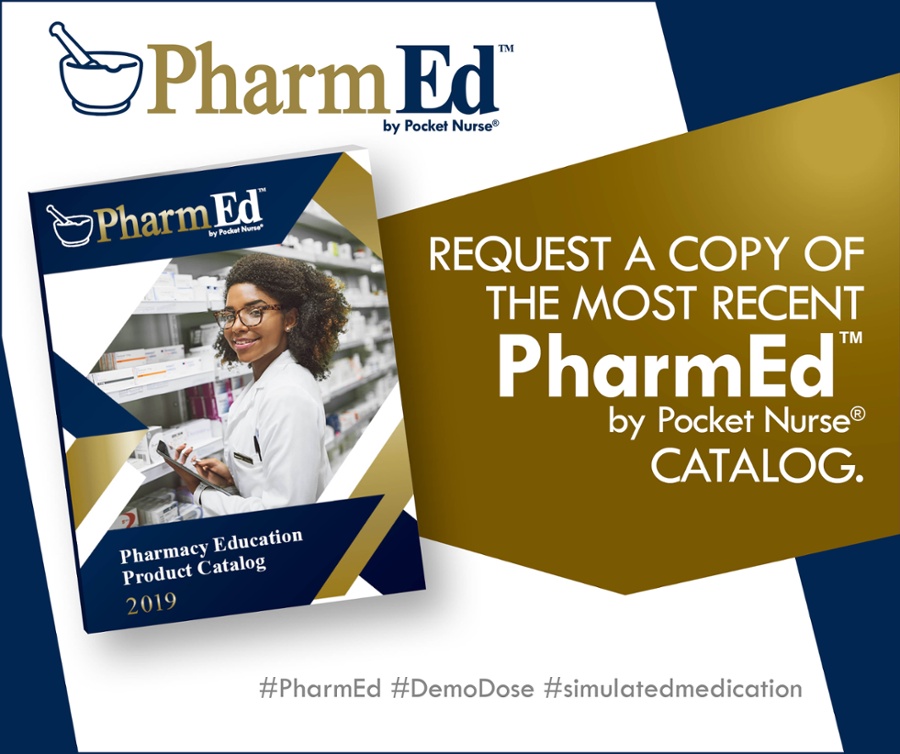
Pharmaceutical compounding is a way of creating customized medication. Compounded medications are made by combining ingredients in the exact strength and dosage formulated for an individual patient. Compounding is used when a patient is allergic to a component of a medication, or to present the medication in a different form – instead of a capsule, a topical cream or liquid medication.
5 Types of Compounding
Pain Management
The opioid epidemic has created challenges for managing chronic pain. Narcotics and other drugs for pain relief come with the potential for addiction and substantial side effects. Compounding is used to treat pain by using options like creams, gels, and ointments, special oral deliverables, and suppositories with carefully chosen ingredients tailored to the patient’s pain relief needs.
Dermatology
Skin conditions such as acne, rosacea, eczema, and psoriasis vary in seriousness, and standard treatments are not always one-size-fits-all. In addition, people want to treat wrinkles and fine lines, but over-the-counter solutions can cause red, irritated, and peeling skin. Dermatologic compounded medications are designed with carefully chosen moisturizing agents, hypoallergenic ingredients, and non-irritating bases for unique skin types. They can be more effective and have fewer side effects than standard treatments.
Pediatrics
As any parents or caregiver can tell you, getting children to take their medicine can be challenging, to say the least. Add in allergies, the inability to swallow large pills or capsules, and the types of sensitivities that come with being on the autism spectrum, and it becomes even more of a chore. Compounding can create forms and flavors that make medication more palatable – think bubblegum-flavored antibiotic liquid, or a lollipop with pain relief medication.
Geriatrics
The challenges in the senior population can be similar to pediatric treatment. Allergies, large pills and capsules, and dry mouth all make taking medication unpleasant. In addition, geriatric metabolism means that medication is absorbed differently by the body, so a common strength may be too much and cause serious adverse drug reactions. Compounding solutions for the geriatric population include combining lower dosages of several medications and creating deliverables like dissolving oral medications, suppositories, and ointments.
Hormone Replacement Therapy (HRT)
Hormones play a vital role in health, yet hormonal levels continually fluctuate throughout a lifetime. Changing hormone levels cause symptoms such as thinning hair, weight gain or loss, and mood swings for men and women. Commercially available medication may not be able to adequately treat low or high hormone levels and the particular symptoms suffered by a patient. HRT treatments can be delivered via creams, vaginal suppositories, injections, and lozenges.
Pocket Nurse has developed a line of Demo Dose® SimBASES to teach medication compounding in the pharmacy sim lab, as well as an entire line of Pharm Ed solutions.
Justina Luckey is the Business Development Manager for Pocket Nurse, specializing in Pharm Ed and Pharm Tech. She can be reached at jluckey@pocketnurse.com.
Source:







